Is High Dose Aspirin Needed in Kawasaki Disease? Save

Does aspirin add any advantage to intravenous immunoglobulin (IVIG) alone in children with Kawasaki disease (KD)? A randomized clinical trial IVIG alone was not inferior to IVIG plus aspirin, suggesting that high-dose aspirin during initial IVIG treatment did not reduce coronary artery lesions (CAL).
This noninferiority randomized clinical trial enrolled 134 children (age <6 yrs) with Kawasaki disease, and treated them with either IVIG (2 g/kg) or IVIG plus high-dose aspirin (80-100 mg/kg per day) until fever subsided for 48 hours. The endpoint outcomes was the rate of CAL at 6 weeks. The noninferiority margin was set at 10%.
They found that the IVIG plus aspirin group, CAL occurrence decreased from 9 (13.0%) at baseline to 2 (2.9%) at 6 weeks and to 1 (1.4%) at 6 months.
In the IVIG-only group, CAL occurrence decreased from 7 (10.8%) at diagnosis to 1 (1.5%) at 6 weeks and to 2 (3.1%) at 6 months. No statistically significant differences in CAL frequency were observed between the 2 groups (0.7 percentage points; P = .65).
Thus, addition of high-dose aspirin during initial IVIG treatment is not clinically meaningful for CAL reduction in children with KD. Clearly the use of IVIG has been advantageous in managing KD patients with CAL reductions.
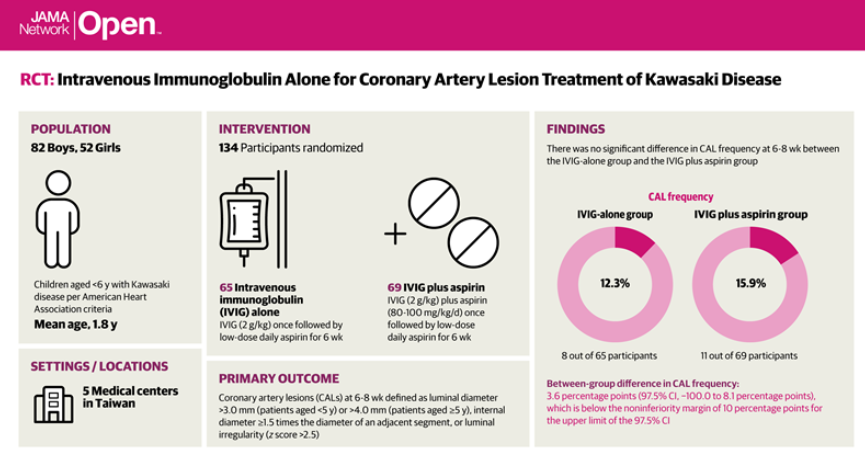




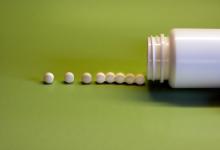
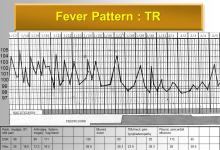
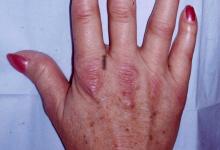
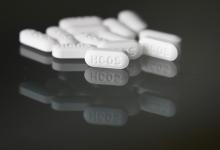

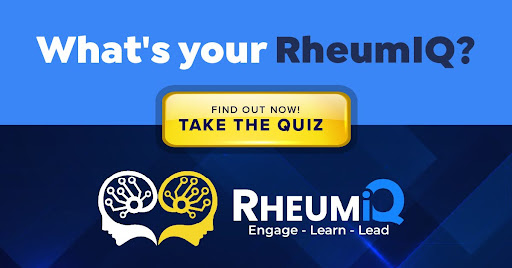
If you are a health practitioner, you may Login/Register to comment.
Due to the nature of these comment forums, only health practitioners are allowed to comment at this time.